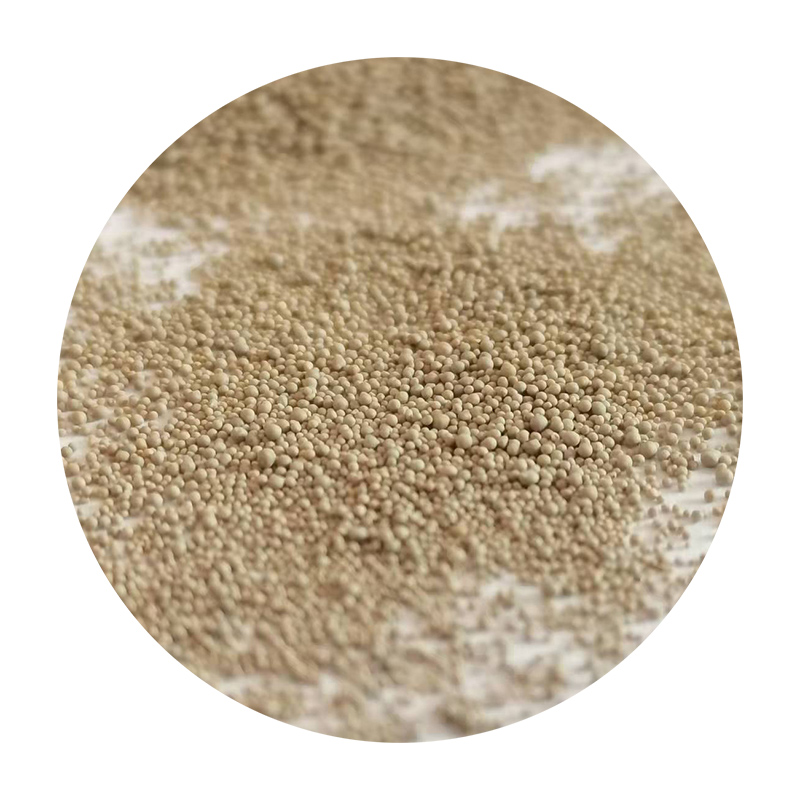Advantages of Sand Casting
Sand casting, also known as sand molded casting, is one of the oldest and most widely used metal casting processes. This traditional method involves creating a mold from sand for the metal to be poured into, allowing for the efficient production of complex shapes. Despite the advent of advanced manufacturing technologies, sand casting remains a popular choice across various industries due to its numerous advantages.
One of the primary benefits of sand casting is its versatility. This method can accommodate a wide range of materials, including aluminum, copper, magnesium, and various ferrous and non-ferrous metals. The ability to cast different types of materials expands the range of applications, making it suitable for industries such as automotive, aerospace, and agricultural machinery. Furthermore, sand casting can handle intricate designs and large components, making it ideal for both small and large-scale production runs.
Advantages of Sand Casting
The sand casting process is relatively straightforward, which enhances its accessibility for manufacturers. The procedure consists of creating a mold by compacting sand around a pattern, removing the pattern to leave a cavity, and then pouring molten metal into the mold. This simplicity not only reduces the time required for setup but also allows for quicker adjustments and modifications in designs. Consequently, manufacturers can respond swiftly to changing market demands and customer specifications.
sand casting advantages

Precision is often a concern in manufacturing; however, sand casting can achieve a reasonable degree of accuracy. While it may not match the precision of investment casting, advancements in technology have improved the quality of sand casting significantly. Techniques such as computer-aided design (CAD) and computer-aided manufacturing (CAM) can enhance mold creation, allowing for intricate designs and reduced tolerances. This level of precision has made sand casting more competitive in sectors that traditionally favored more precise methods.
Moreover, sand casting is compatible with a variety of production scales. Whether producing a single component for prototyping or large quantities for mass production, sand casting can adapt to the needs of the project. This flexibility makes it a favored choice for many manufacturers, especially when dealing with custom parts or unique designs.
Lastly, the process of sand casting is well understood and has a rich history, leading to a wealth of knowledge and expertise within the industry. Manufacturers can leverage years of experience and accumulated best practices to optimize processes, improve quality, and minimize defects. This collective knowledge base is invaluable for troubleshooting and refining methods, ensuring a high-quality end product.
In conclusion, sand casting is a versatile, cost-effective, and accessible manufacturing method that offers numerous advantages. Its ability to handle various materials and produce both simple and complex shapes makes it indispensable in many industries. As technology advances, the sand casting process continues to evolve, solidifying its place in modern manufacturing.
Post time:Ott . 31, 2024 07:06
Next:ceramic sand price
